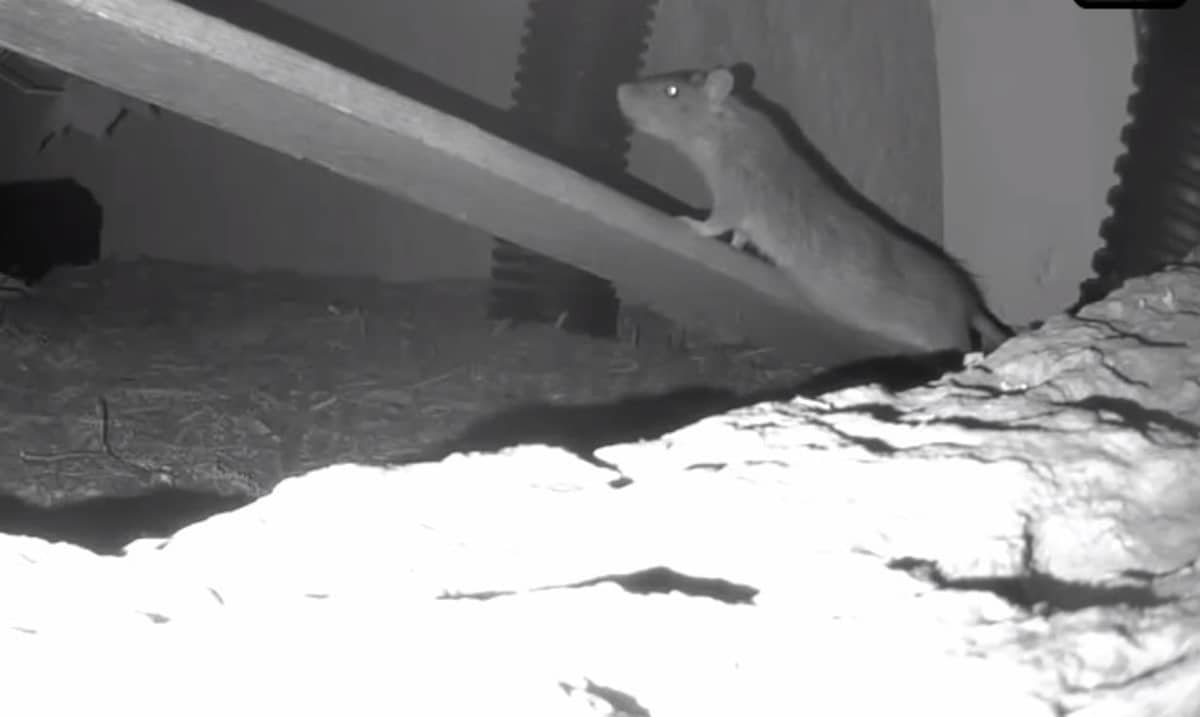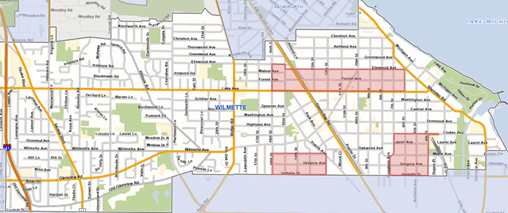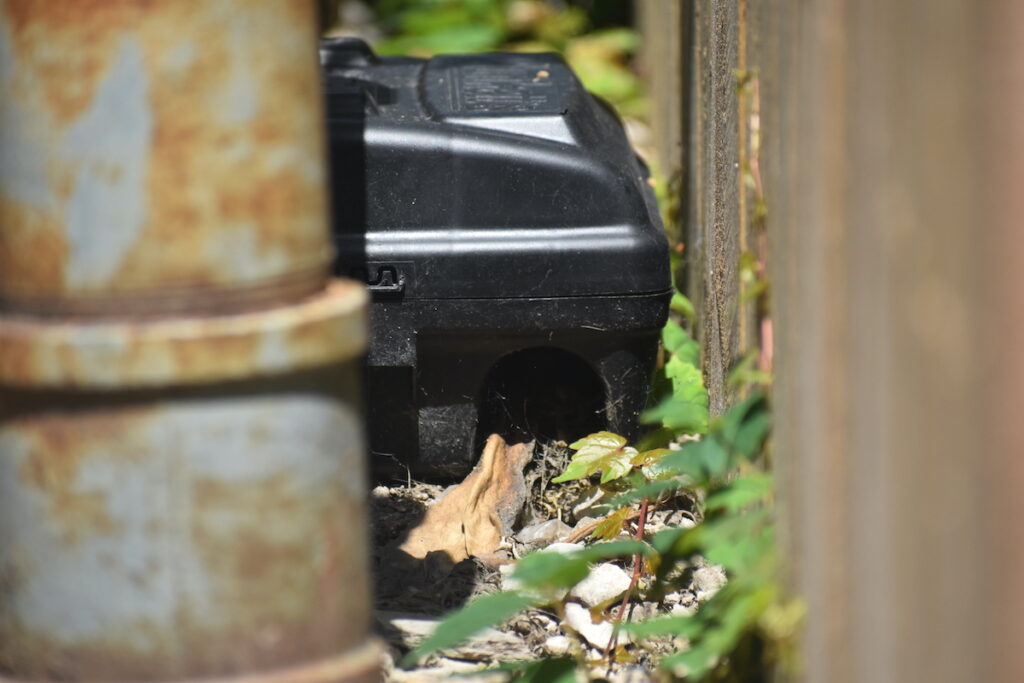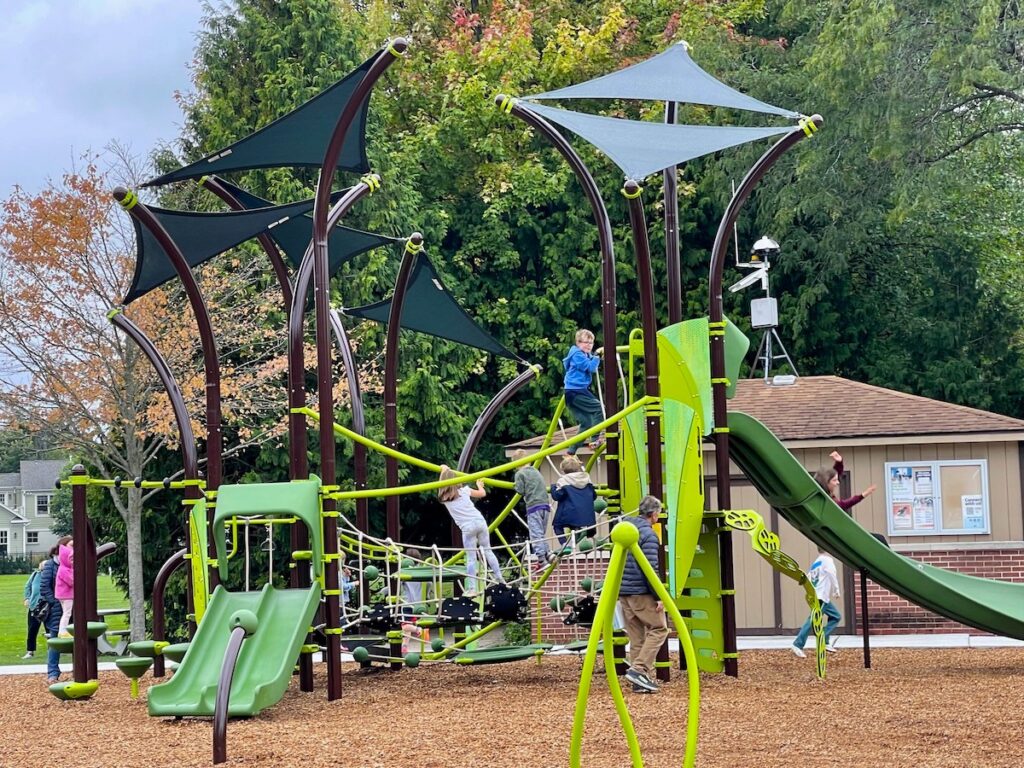
Rats a serious — and growing — problem in Wilmette
Village pleads with residents to contribute to fight against rats and offers financial reimbursement
Rebecca Stewart can handle chipmunks. Mice, less so, but sure.
Rats, though? That’s a hard no.
Unfortunately, Stewart is one of many residents in east Wilmette dealing with a rat infestation as part of what Wilmette Village Manager Mike Braiman calls the worst rat problem in recent town history.
The Stewarts first began looking for rat solutions around May, when they witnessed multiple rats examining a trap placed for chipmunks, and continue to fight them off.
“I didn’t sleep for two weeks. I cried for a month,” Stewart said. “It’s pretty emotional, scary and super upsetting. No one wants rats. I don’t want a mouse, let alone a rat. … I have been very, very, very upset.”
After research and trial and error, the family found some success thanks to a Chicago “rat expert.” They have since caught more than a dozen rats, and Stewart said they feel like they are “finally on the other side of this.”
But the infestations across Wilmette are not, according to the Village of Wilmette, which this week mailed a letter to potentially affected residents, informing them of problem areas in their neighborhoods and detailing steps to combat the issue.

The Village’s letter lists three areas that have seen the most substantial rat activity — all in southeast Wilmette:
• Lake to Elmwood avenues between 6th and 16th streets;
• Isabella Street to Maple Avenue between Park Avenue and 18th Street; and
• Isabella Street to Linden Avenue between 4th Street and Broadway/7th Street.
Aside from monitoring and tracking, the Village and its partner Envirosafe are treating the rat problem with poisoned bait boxes on public property, such as alleyways, streets and parkways, but Village Manager Mike Braiman said rat burrows that the Village has identified are primarily located on residential properties, limiting the Village’s ability to directly intervene.
In response, Braiman said, the Village is offering free property inspections and guidance on how to respond to rat activity and up to 100% financial reimbursement to residents who attempt to remediate rats on their properties.
“We will spend whatever it takes to get this problem under control as quickly as we can,” Braiman told The Record, adding that the Village has a “history of success” eradicating rat infestations and is committed to doing so again.
The Village is asking residents to email rodents@wilmette.com to report rat activity or to participate in any of the Village-offered services. With questions, residents can contact Wilmette’s code enforcement officer, Ted Blumenthal at (847) 853-7521 or blumenthalt@wilmette.com. The Village also hopes by Monday, Aug. 5, it can announce and circulate a list of preferred exterminators to help residents select qualified vendors, Braiman said.
Wilmette’s current rat problem is the most significant such issue Braiman has seen in his 11 years with the Village — and he isn’t aware of another time when it was worse.
The Village responds to rat complaints on an annual basis, but this year, Braiman said, there are more and larger problem areas and they are taking longer to control.
Why now?
Braiman said one likely cause of the rodent’s local surge is Chicagoland’s mild winter, and while other factors may be involved, “we can’t point to specifics and say with any certainty.”
He does not believe, however, that the problem is related to the construction of Northwestern University’s new Ryan Field in Evanston. Braiman said the town’s rat issues were already underway before demolition of the old stadium began.
Wilmette officials began a coordinated response to rat complaints in March. In April, staff members and Envirosafe inspected reported problem areas and placed bait boxes in “areas that have increased activity,” according to a letter sent to residents April 23. The reported activity and mitigation efforts have only increased since then.
Evanston is also seeing a notable increase to its rat activity, reports the Evanston RoundTable; however, officials in Winnetka, Glencoe and Highland Park said they have not identified any difference in rat activity compared to prior years.
What to do

With the rats making their homes in residential yards, Braiman and village staff are asking for “the help of every household in the community.”
The Village’s weekly newsletter on July 26 had a note for residents that reads, “rats are a community problem which requires a community solution so we need your help in ensuring the infestations can be remediated and do not spread throughout the community.”
The brown rat, also called the Norway or sewer rat, is the most common urban and suburban rat. It is dark in color with a body up to 10 inches long and a tail up to 8 inches long, according to the Illinois Department of Public Health.
The IDPH reports that rats are known to contaminate human food; cause property damage by gnawing on everything from structures to wires; and carry disease, such as leptospirosis, hantavirus pulmonary syndrome, rat bite fever and food-borne diseases.
Signs of rats moving in on your territory include: rat excrement, which is often pointed at one end; gnaw marks or chew holes often found near the excrement; entrance and exit holes to burrows that are usually 2-4 inches in diameter; and runways, which can be dark track marks along walls or worn-down paths through grass.
Regardless if signs are found, the Village of Wilmette suggests all residents limit the rodent’s access to food and water. The strategy is co-signed by IDPH, which says food is rodents’ “first reason for living in and around structures.”
Examples of potential rat food include pet waste, garbage, birdfeed, and dog and cat food. The Village suggests keeping all garbage in sealed containers and completely removing birdfeeders and other potential sources of food. Additionally, any objects that can hold standing water should be regularly emptied or removed.
Another attractant for rats is shelter. Wood piles, overgrown vegetation and accessible structures can encourage rat nests, the village says in its recent letter.
The Village’s contractor, Envirosafe, and many extermination companies begin to treat infestations with bait boxes, which use rodenticides within enclosed cases only accessible to rats or smaller animals. The IDPH says rats can become resistant and suspicious of bait stations, but also that baiting is “often … the most efficient and timely way to eliminate larger numbers of rodents.”
When used and placed properly, modern snap traps are the most effective trap, according to IDPH; however, snap traps can affect non-targeted animals, such as squirrels and birds. The IDPH recommends against glue traps and live, group traps for rat infestations. Rebecca Stewart said her family has seen the best results with snap traps.
Residents — through private companies or on their own — can also try baiting and collapsing rat borrows, Braiman said.
The Record is a nonprofit, nonpartisan community newsroom that relies on reader support to fuel its independent local journalism.
Become a member of The Record to fund responsible news coverage for your community.
Already a member? You can make a tax-deductible donation at any time.

Joe Coughlin
Joe Coughlin is a co-founder and the editor in chief of The Record. He leads investigative reporting and reports on anything else needed. Joe has been recognized for his investigative reporting and sports reporting, feature writing and photojournalism. Follow Joe on Twitter @joec2319


